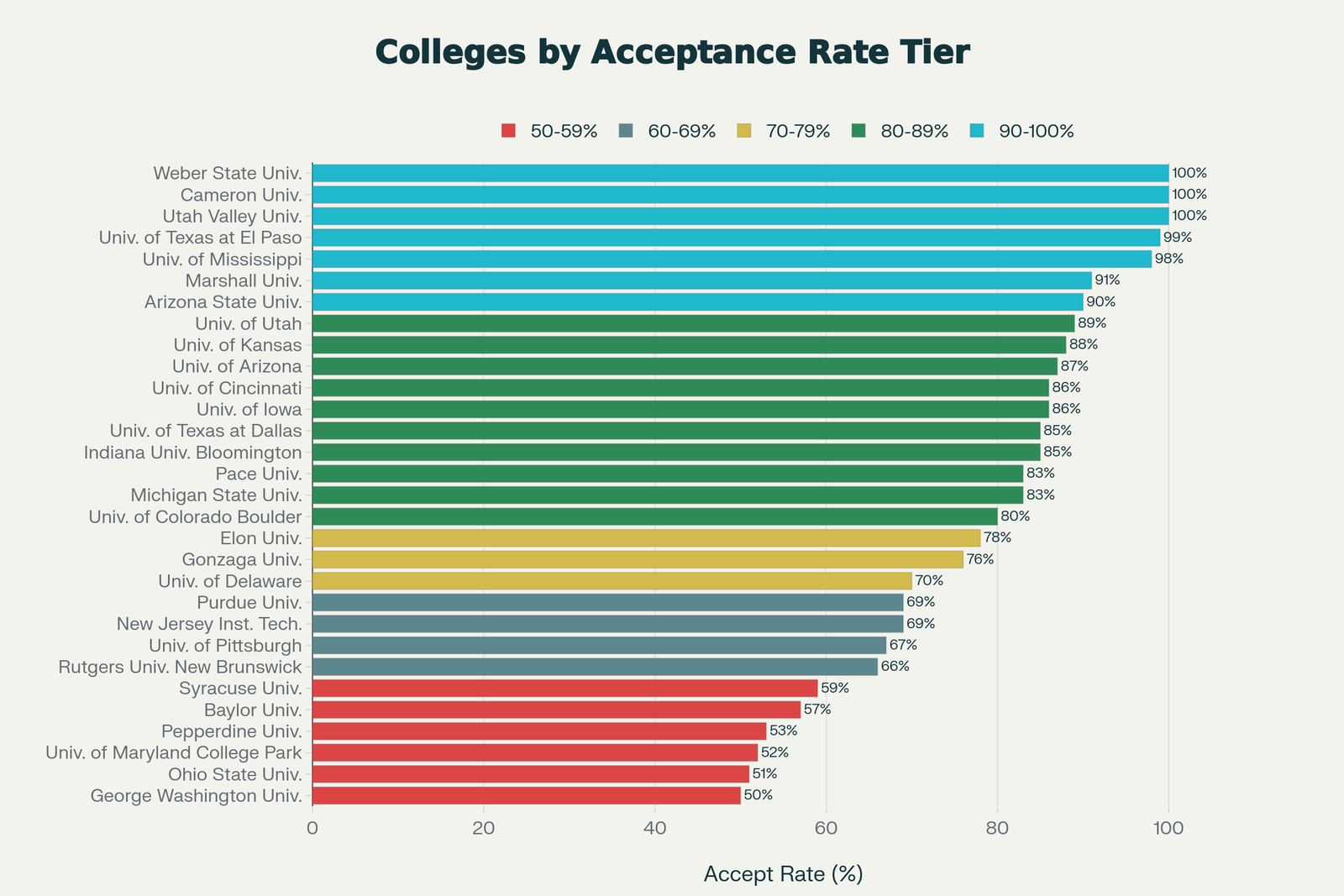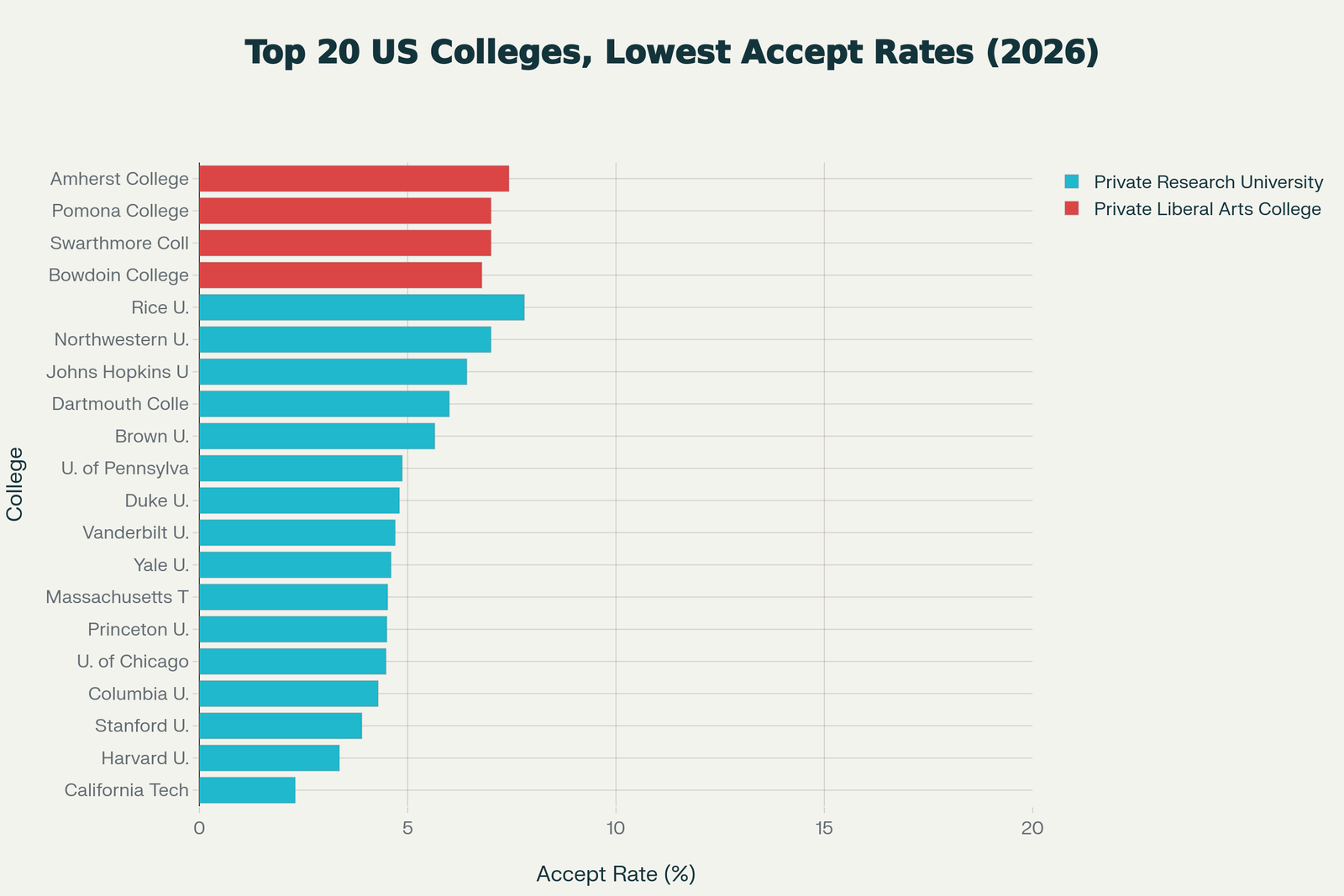AP to IB Score Conversion - Complete Equivalency Guide
Comprehensive guide for converting AP scores to IB grades and vice versa. Compare AP and IB scoring systems, understand equivalencies for college credit, and see how scores translate between the two most popular international advanced academic programs.
AP to IB Score Converter
IB Equivalent
Select an AP score
IB to AP Score Converter
AP Equivalent
Select an IB score
AP to IB Score Equivalency Table
| AP Score | AP Description | IB Equivalent | IB Description | College Credit |
|---|---|---|---|---|
| 5 | Extremely Well Qualified | 7 | Excellent | Nearly always granted |
| 4 | Well Qualified | 5-6 | Good to Very Good | Usually granted |
| 3 | Qualified | 4 | Satisfactory | Sometimes granted |
| 2 | Possibly Qualified | 3 | Mediocre | Rarely granted |
| 1 | No Recommendation | 1-2 | Very Poor to Poor | Not granted |
Understanding the Conversion
Approximate Conversion Formula
While no official conversion exists, the approximate relationship is:
\[ \text{IB Score} \approx \frac{7}{5} \times \text{AP Score} \]
\[ \text{IB Score} \approx 1.4 \times \text{AP Score} \]
Note: This is a rough approximation. Actual equivalencies consider:
- Content depth and breadth differences
- Assessment format variations
- Grading philosophy (IB is criterion-referenced, AP is norm-referenced)
- Individual university policies
Reverse Conversion (IB to AP)
\[ \text{AP Score} \approx \frac{5}{7} \times \text{IB Score} \]
\[ \text{AP Score} \approx 0.71 \times \text{IB Score} \]
Rounded to nearest whole number for practical equivalency.
Detailed Comparison: AP vs IB
Scoring Scale
AP: 1-5 scale
5 = Extremely Well Qualified
4 = Well Qualified
3 = Qualified
2 = Possibly Qualified
1 = No Recommendation
IB: 1-7 scale
7 = Excellent
6 = Very Good
5 = Good
4 = Satisfactory
3 = Mediocre
2 = Poor
1 = Very Poor
Pass Threshold
AP: Score of 3+
Colleges typically grant credit for scores of 3, 4, or 5, though top universities often require 4 or 5.
IB: Score of 4+
IB Diploma requires 24+ total points. Colleges typically grant credit for HL scores of 5, 6, or 7 (some accept 4).
Score Distribution
AP Distribution
Varies by subject, but typically:
5: 10-20%
4: 15-25%
3: 25-35%
2: 20-30%
1: 10-20%
IB Distribution
Global averages:
7: ~7%
6: ~20%
5: ~30%
4: ~25%
3: ~12%
2: ~5%
1: ~1%
College Credit
AP Credit
Most colleges grant credit for:
• Score of 3+ at many schools
• Score of 4+ at selective schools
• Score of 5 at most competitive schools
• Individual subject exams
IB Credit
Most colleges grant credit for:
• HL scores of 5+ typically
• Some accept HL 4
• SL rarely grants credit
• Full diploma may earn 30+ credits
Subject-Specific Equivalencies
| Subject Area | AP Course | IB Equivalent | Notes |
|---|---|---|---|
| Mathematics | AP Calculus AB | IB Math AA SL/HL | AB ≈ SL; BC ≈ HL |
| Mathematics | AP Calculus BC | IB Math AA HL | BC covers more than AB |
| Mathematics | AP Statistics | IB Math AI SL/HL | Different focus areas |
| Sciences | AP Biology | IB Biology HL | Similar breadth and depth |
| Sciences | AP Chemistry | IB Chemistry HL | Comparable rigor |
| Sciences | AP Physics C | IB Physics HL | Physics C more calculus-based |
| History | AP US History | IB History HL | IB has different regional focus |
| History | AP World History | IB History HL | IB more thematic approach |
| English | AP English Language | IB English A Language & Lit | Both focus on rhetoric |
| English | AP English Literature | IB English A Literature | IB includes world literature |
| Languages | AP Spanish Language | IB Spanish B HL | Similar proficiency levels |
| Economics | AP Macro + Micro Economics | IB Economics HL | Two AP courses ≈ one IB HL |
University Credit Policies
| University Tier | AP Minimum | IB Minimum | Typical Policy |
|---|---|---|---|
| Ivy League / Top 10 | 4-5 | HL 6-7 | Very selective credit policies; placement > credit |
| Top 25 | 4-5 | HL 5-6 | Credit for high scores in relevant subjects |
| Top 50 | 3-4 | HL 5+, sometimes SL 6-7 | More generous credit policies |
| State Universities | 3+ | HL 4-5+, sometimes SL 5+ | Generous credit for qualifying scores |
| Full IB Diploma Bonus | N/A | 30+ diploma points | Some schools grant sophomore standing |
Key Differences Between AP and IB
Program Structure
AP (Advanced Placement):
- Individual course-based program
- Students select specific subjects of interest
- Can take 1 AP or 10+ APs independently
- Single exam at end of year (typically May)
- 38 subjects available
- Widely available in US schools
IB (International Baccalaureate):
- Comprehensive diploma program
- Must take 6 subjects across disciplines
- 3 Higher Level (HL) + 3 Standard Level (SL)
- Includes Theory of Knowledge, Extended Essay, CAS
- 2-year program (junior-senior year)
- Total points out of 45 (diploma requires 24+)
Assessment Philosophy
AP Assessment:
- Primarily exam-based (single test in May)
- Multiple-choice + free-response
- Norm-referenced scoring (curved)
- Scores designed to compare nationally
- Some subjects have internal coursework
IB Assessment:
- Combination of external exams + internal assessment
- Extended essays, oral exams, lab work
- Criterion-referenced scoring (rubric-based)
- 20-30% internal assessment weighted
- More emphasis on long-term projects
Worked Examples
Example 1: Converting AP 5 to IB
Student scores AP 5 in Calculus AB
Using conversion formula:
\[ \text{IB} \approx 1.4 \times 5 = 7.0 \]
IB Equivalent: 7 (Excellent)
Interpretation: An AP 5 represents mastery comparable to IB's highest grade. Both scores typically earn maximum college credit at schools that accept them.
Example 2: Converting IB 6 to AP
Student scores IB 6 in Biology HL
Using conversion formula:
\[ \text{AP} \approx 0.71 \times 6 = 4.26 \approx 4 \]
AP Equivalent: 4 (Well Qualified)
Interpretation: An IB 6 represents strong performance comparable to AP 4, which typically earns college credit at most institutions.
Example 3: Full IB Diploma Equivalent
Student earns IB Diploma with 36 points
Subject scores: 6, 6, 6, 5, 5, 5 + 3 core points
AP Approximate Equivalent:
- Three IB 6s ≈ Three AP 4s
- Three IB 5s ≈ Three AP 3-4s
Credit potential: 36 IB points often earns 15-30 college credits; six AP 4s would earn 18-24 credits at most schools.
Common Misconceptions
IB 7 Doesn't Always Equal AP 5
While IB 7 and AP 5 both represent top scores, they're not perfectly equivalent. IB 7 is rarer (achieved by ~7% of students) compared to AP 5s (varies 10-40% by subject). Some argue IB 7 represents higher achievement due to comprehensive assessment including internal coursework. However, universities generally treat them as equivalent for credit purposes. The key difference: IB assesses over 2 years with multiple components; AP assesses in single 3-hour exam. Neither is inherently "better"—they measure mastery differently.
You Can't Directly Compare Total Scores
Students sometimes try comparing total AP scores to IB diploma points (e.g., "I got 30 AP points from six 5s, what's that in IB?"). This doesn't work because systems are fundamentally different. AP awards 5 points maximum per subject with unlimited subjects; IB awards 45 points total across required 6 subjects plus core. A student with six AP 5s (30 points) hasn't necessarily achieved more than someone with IB 36/45. Focus on individual subject equivalencies and how universities evaluate each program separately, not total point comparisons.
SL and HL Matter More Than You Think
In IB, distinguishing Standard Level (SL) from Higher Level (HL) is crucial for credit conversion. Most US universities only grant credit for HL scores, not SL. An IB SL 7 might not earn credit while an IB HL 5 does. AP doesn't have this distinction—all AP subjects are treated equally (though BC Calculus covers more than AB). When comparing IB to AP, ensure you're comparing HL courses. An IB SL course is often considered equivalent to an Honors or high-level regular course, not AP level.
Frequently Asked Questions
Is IB harder than AP?
IB and AP are difficult in different ways. IB Diploma requires comprehensive curriculum (6 subjects + core components) over 2 years, demanding time management and sustained effort across all disciplines. AP allows specialization—students can take 8 sciences and no humanities if desired. IB emphasizes interdisciplinary connections and long-term projects (Extended Essay, Internal Assessments); AP focuses on mastering subject content for single exams. Statistics suggest IB may be more challenging: ~80% of students earn IB diploma vs. ~60% of AP students earning passing scores (3+). However, difficulty depends on individual strengths—students who prefer focused depth over broad breadth may find AP easier.
Which is better for college admissions: AP or IB?
Top universities view AP and IB Diploma as equally rigorous, though preferences vary regionally. US colleges understand both programs well; international universities often prefer IB due to global standardization. Full IB Diploma demonstrates well-rounded education and time management, which some admissions officers value. However, strategic AP selection allowing specialization in your intended major can also impress. What matters most: challenging yourself with rigorous courses available at your school and performing well. A student earning 5s in 8 relevant APs is as impressive as someone earning IB 38+ with strong HL scores. Don't transfer schools solely for AP vs. IB—focus on excelling in your current program.
Can I take both AP and IB?
Technically yes, though practically challenging. Some IB schools allow students to take AP exams in addition to IB coursework, particularly if IB and AP content align (e.g., taking AP Calculus AB exam while in IB Math AA). However, full IB Diploma demands significant time for core components (TOK, EE, CAS), making additional AP prep difficult. Students often take APs before entering IB Diploma (freshman-sophomore year) or take AP exams in subjects not covered by their IB curriculum. Taking both doesn't provide significant admissions advantage—colleges recognize either as rigorous. Focus on excelling in one program rather than overextending across both.
How do universities convert AP/IB for credit?
Universities maintain individual credit policies, typically published on registrar websites. Common approaches: (1) Minimum score requirements (e.g., AP 4+ or IB HL 5+ for credit); (2) Credit hours awarded per score (3-8 credits typical); (3) Subject-specific limitations (some accept History but not Psychology); (4) Total credit caps (maximum 30-45 credits from AP/IB). IB diploma holders sometimes receive additional benefits like sophomore standing or honors program admission. Credit doesn't always mean placement—you might earn credit but still take intro courses if required by major. Always verify current policies with target universities, as they change frequently.
What IB score equals AP 3?
AP 3 (Qualified) roughly equates to IB 4 (Satisfactory) using the conversion formula. Both represent passing grades that meet minimum standards for college credit at many (though not all) institutions. However, credit policies differ: many state universities accept AP 3 for credit, while most require IB HL 5+ (not accepting HL 4). This makes direct comparison tricky. For practical credit purposes, IB 5 more reliably earns credit equivalent to AP 3 would, despite IB 4 being the mathematical equivalent. When evaluating college credit potential, IB 5-7 and AP 3-5 both typically qualify, though specific policies vary dramatically by school.
Should I report both AP and IB scores to colleges?
Yes, report all qualifying scores (AP 3+ and IB 4+) to maximize credit opportunities and demonstrate academic breadth. If you took APs before IB Diploma, include both on applications—showing progression into IB Diploma indicates increasing rigor. Some universities might grant more credit for your six APs than three IB HLs, or vice versa. There's no disadvantage to reporting both. However, avoid reporting failing scores (AP 1-2, IB 1-3) unless required, as they don't help applications. When self-reporting scores on applications, list all strong scores; official score reports can be sent after admission to claim credit.
Which Program Should You Choose?
Choose AP if you:
- Want flexibility to specialize in subjects you love
- Prefer focused, exam-based assessment
- Don't want mandatory requirements outside your interests
- Attend a school with extensive AP offerings but no IB
- Value individualized course selection
Choose IB if you:
- Prefer structured, comprehensive curriculum
- Enjoy interdisciplinary connections and extended projects
- Value international perspective and global standardization
- Want well-rounded education across all disciplines
- Thrive with continuous assessment over 2 years
Both programs: Prepare you excellently for college, earn respect from admissions officers, and provide college credit opportunities. Choose based on your learning style, school availability, and personal preferences—not perceived prestige.
About This Guide
Developed by RevisionTown
RevisionTown provides comprehensive resources for both AP and IB students worldwide. Our AP to IB conversion guide synthesizes research on equivalencies, college credit policies, and assessment philosophies to help students, parents, and counselors understand how these programs compare.
Whether you're transferring between programs, evaluating college credit opportunities, comparing AP and IB for college applications, or understanding score equivalencies, our guide provides accurate conversions with complete educational context.
Additional Resources: Explore our complete AP and IB study guides, score calculators, college credit policy databases, subject-specific comparisons, and program selection guidance to support your academic success.
Important Disclaimer
AP to IB score conversions provided here are approximate equivalencies based on typical scoring distributions, assessment rigor, and college credit policies. No official conversion exists between AP and IB systems—they are independently operated programs with different philosophies. Conversion formulas represent mathematical approximations for comparison purposes, not official policy. Individual universities set their own credit policies, which may treat AP and IB scores differently than suggested equivalencies indicate. Subject-to-subject comparisons vary in content coverage, assessment format, and difficulty. This guide is for informational and planning purposes—always verify specific college credit policies with target universities' registrar offices. Neither College Board (AP) nor IBO (International Baccalaureate Organization) endorses direct score conversions. Use this guide to understand relative performance levels, not as official credit determination. Consult with school counselors and university admissions offices for definitive guidance on credit and placement policies.



